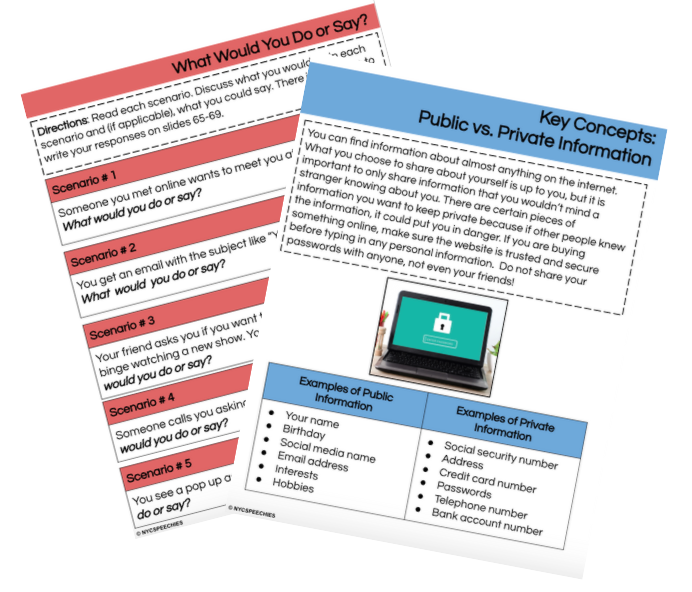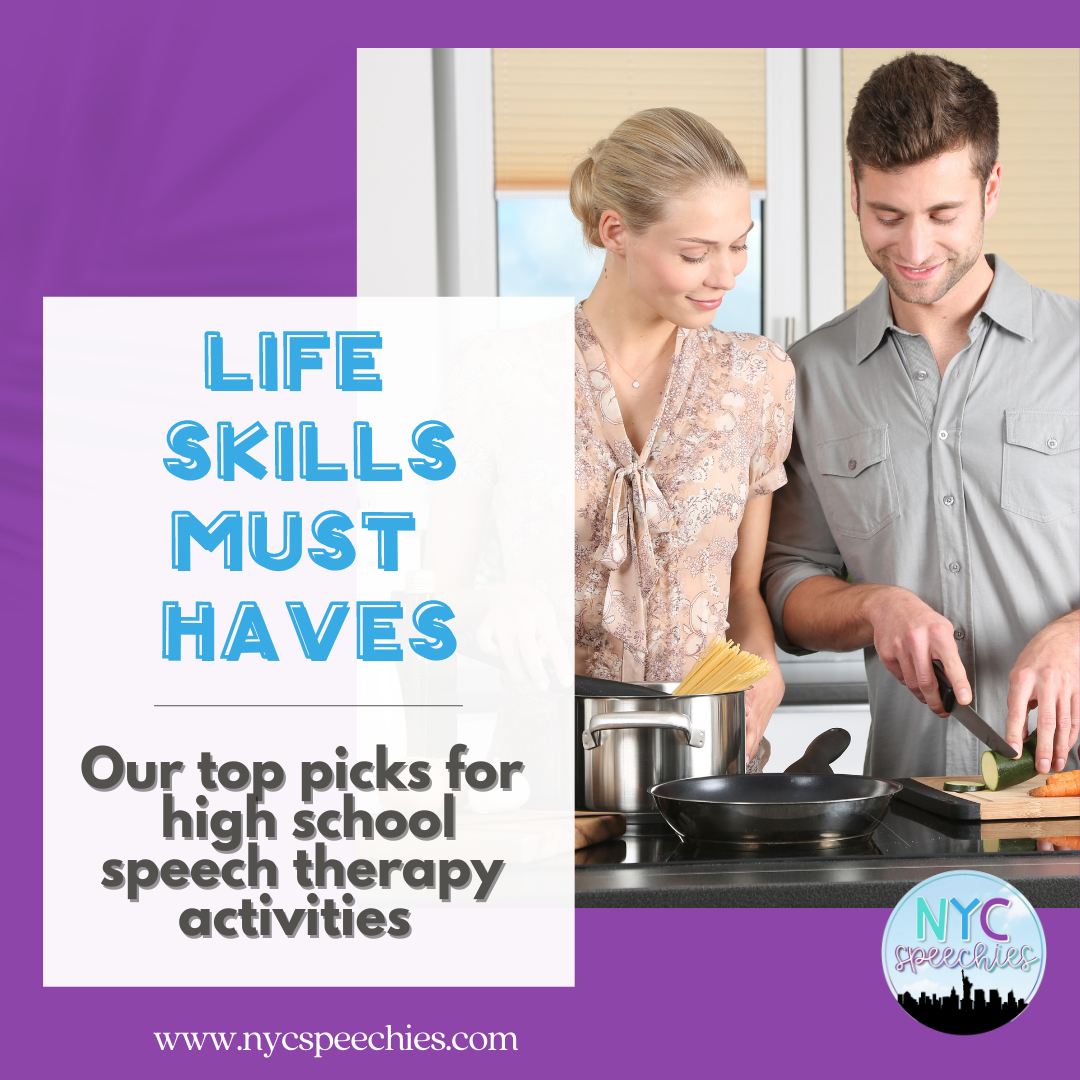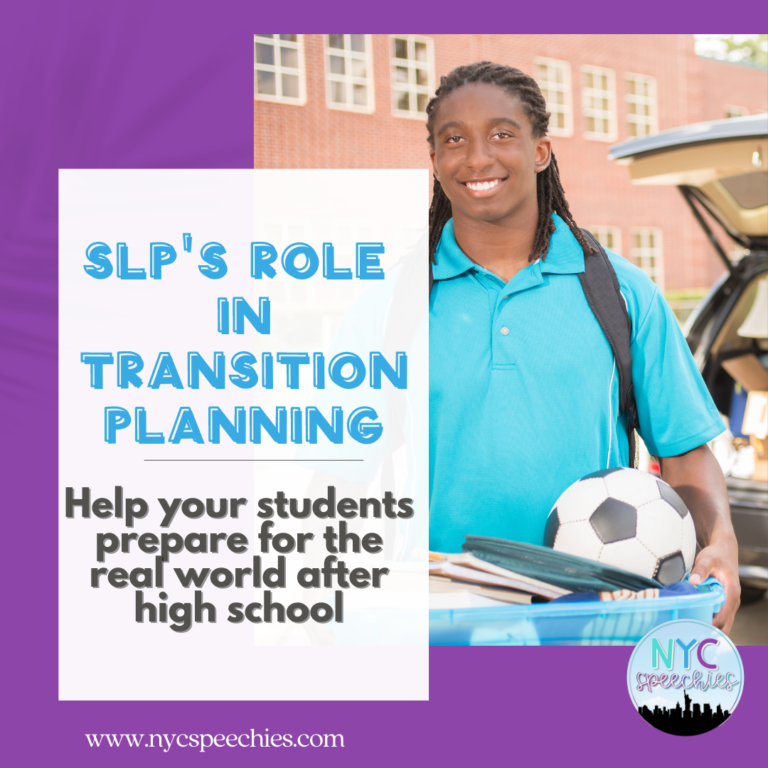Life Skills Must Haves for High School
Are you an SLP working with older students? If so, life skills are something you can absolutely incorporate into your therapy sessions! If your students are anything like ours, they need a lot of support with this thing we call LIFE. Inside the school environment, they are supported with all the services they need. They have help from their teachers, therapists, and their parents throughout their time in high school. But what happens when they leave high school? Do they know how to pay bills? Take care of their hygiene? Cook themselves dinner? The amount of independent responsibilities these students have goes from 0 to 60 real quick and needless to say, they struggle. We love finding ways to make our therapy relatable and functional. What is more functional than teaching your students skills they need to navigate life independently while targeting your speech and language goals?!
What are life skills?
Life skills are the daily activities that are necessary for participating in everyday life. They are the adaptive behaviors that enable humans to deal with challenges of life. Life skills include things like independent living skills, doing the laundry, cooking, paying bills, managing money, grocery shopping, budgeting…the list goes on and on. In high school, our students are taught many things, but necessary life skills are not always explicitly taught in their classes (don’t you think they should be?). Back in the day, we took “home economics” – a class that focused on life skills, however that class doesn’t exist today in many high schools.
How can we target life skills in speech language therapy?
This is a question we get asked a lot. It is rare for our speech and language students to have explicit life skills goals as most of our students’ goals are more academic based. However, there are so many ways to incorporate life skills into their academic goals and kill two birds with one stone. If your students have vocabulary goals, incorporate context clues and vocabulary one-pager strategies using cooking vocabulary. If your students have reading and writing goals, incorporate a reading text about getting a job, have them answer comprehension questions about the text, and have them write a summary paragraph or even an argumentative essay. If your students have pragmatic goals, have them engage in mock-conversations as if they were at the grocery store or provide them with problem solving scenarios about hygiene. The options are endless!
 What is included in the “life skills” resources?
What is included in the “life skills” resources?
We decided to create a series of life skills resources that would support the different skills needed for a smooth transition after high school. Our life skills resources are all formatted with the same sections to provide continuity between each topic. We provide differentiation for many of the activities, so you can provide students activities on their unique levels. The resources can be utilized in Google Slides for remote learning or printed on 8.5×11 paper.
Each resource in the life skills series contains 7 varied sections which target a multitude of speech and language goals for any student on your caseload. We created these resources with our students’ speech and language goals in mind. All of your students may not have the same speech and language goals, but there is a good chance that one of their goals aligns with an activity in the resource.
Each resource contains the following sections:
- Vocabulary: This section contains 15-20 functional vocabulary terms (with pictures!) that will be utilized throughout the entire packet. The first section is a context clues activity where the students will be asked to use clues in the sentences to define the new word. We also include compare and contrast activities and a vocabulary one-pager where students will display the definitions visually.
- Key concepts – This section contains individual pages of essential topics related to the resource. For example, in the Hygiene packet, there are pages for oral hygiene, taking a shower, shaving, body odor, nail care, hair care, etc. Each page provides clear and concise, student friendly information about each topic with t
 ips, charts, and visuals.
ips, charts, and visuals.
- Sequencing – In this section, students will sequence steps of different processes related to the topic (i.e. brushing teeth and taking a shower in the hygiene resource).
- Check for understanding – This section gives you an opportunity to check in and make sure your students understand the topics provided. The check for understanding section includes multiple choice questions and a short answer section (differentiate for different student levels). This section also includes a reading comprehension section where students complete a graphic organizer based on a realistic scenario.
- Reading, writing, oral language- This section contains activities related to a debate that corresponds to the resource topic. The students will read an informational passage, complete a graphic organizer, have an oral debate utilizing a “tug of war” strategy and accountable talk, and finally, they will complete a writing activity. There are 2 differentiated options for the writing activity: write a persuasive paragraph or an essay (both writing activities have a corresponding outline).
- Webquest project (project based learning) – This section varies depending on the resource. This section contains an internet project or online research activity. This section always contains two levels, so you can differentiate based on your student’s needs.
- Problem solving – This section contains 10 “what would you say or do?” problem solving prompts. Students can answer verbally or they can write their responses on the provided pages.
Check out our current Life Skills resources below. Click each title to go directly to that resource on TpT for a more in depth description. Keep checking back as we will continue to create more life skills resources throughout the year!
Do you love targeting life skills? What is your favorite life skill to teach your students? Leave a comment below!







